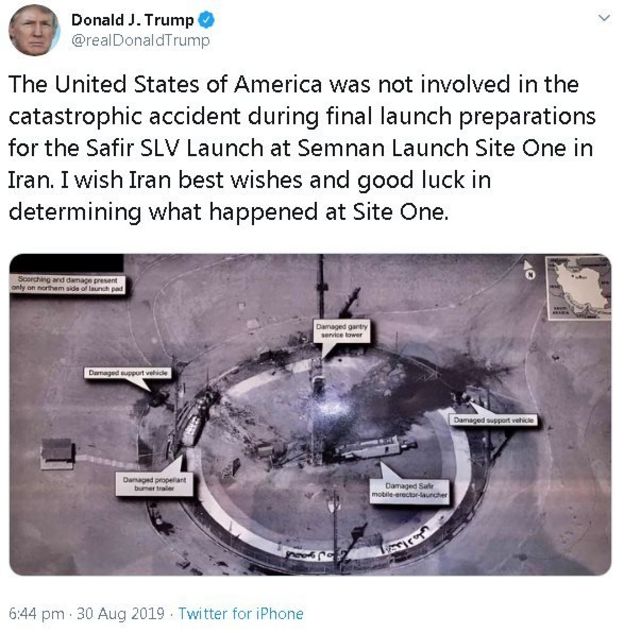ChrispenEvan said:
Divine Angel said:
I found this intriguing. Excerpt from chapter three, “The Foam Strike”, Bringing Columbia Home by Michael Leinbach and Jonathon Ward.
Would the methods used to procure those images be subject to weaponisation and that’s why they’re classified? Why keep the details of what the images show classified, even after the shuttle has been destroyed and the program abolished? (Earlier in the book, the author states that Columbia was the first shuttle built, so contains bits and pieces not used on the other shuttles.)

I would image it might have something to do with the resolution x the distance. How fine a detail these spy cameras are capable of would be classified.
The USA used to have a whole suite of space telescopes for spying purposes prior to 1990, every one of which was equivalent to Hubble in capability. It’s only recently that I’ve become aware of these.
Look at https://science.howstuffworks.com/question529.htm
“What is a keyhole satellite and what can it really spy on? The code named Kennan “Keyhole-class” (KH) reconnaissance satellites have been orbiting the Earth for more than 30 years. They are typically used to take overhead photos for military missions. The big question for a lot of people is: “What can they see?” A KH-12 is a $1 billion satellite that resembles the Hubble Space Telescope, except it is looking at our planet. For security reasons, there are no published orbit schedules for the imagery spacecraft. They are supplemented by the 15-ton Lacrosse-class radar-imaging satellites.”
“Many of the details about this class of satellites remain classified, but it is known that there are several of these overhead at any given time. They have an imaging resolution of 5-6 inches, which means they can see something 5 inches or larger on the ground. These satellites probably can’t read your house number, but they can tell whether there is a bike parked in your driveway.”
From wikipedia. https://en.wikipedia.org/wiki/KH-11_Kennen
“KH-11s are believed to resemble the Hubble Space Telescope in size and shape, as the satellites were shipped in similar containers. Their length is believed to be 19.5 meters, with a diameter of up to 3 meters.” At 3 metres, the main mirror was larger than Hubble’s 2.4 metres. These were first launched in December 1976. “five were launched between 19 December 1976 and 17 November 1982”. Resolution is “… up to a couple inches. Not quite good enough to recognize a face”.
> Photograph Columbia on her maiden orbit in 1981.
Back in 1981, these spy satellites would still have been very hush hush.
